Contact UsCONTACT
Please feel free to contact us if you have any questions or concerns.
Inquiry FormStories
STORIES
SERIES EMBARK
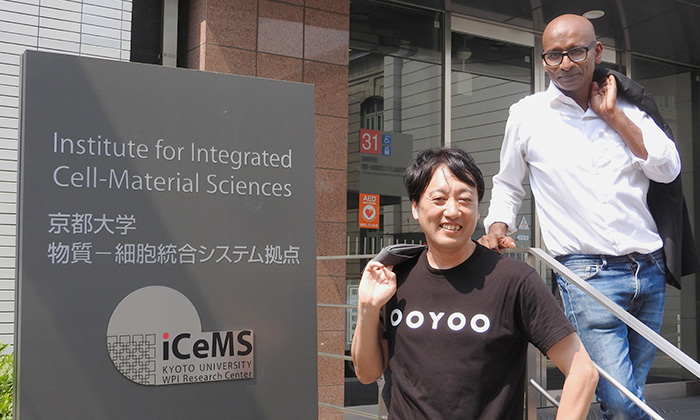
There is a high need worldwide for technology development to solve the global warming problem, and OOYOO is a Japanese startup that develops high-performance separation membranes for CO2 separation and capture. Using technology to quickly separate various exhaust gases at low cost, OOYOO is working with partner companies on R&D for social implementation. The founder, Easan Sivaniah, Professor at Kyoto University's iCeMS (Institute for Integrated Cell-Material Sciences), and CEO Shogo Otani, together with Nobuhiro Yagi, Executive Officer of Kyoto University Innovation Capital (Kyoto iCAP), talked about their passion for the business and what is necessary for a deep-tech startup. They talked about their passion for the business and what is necessary for a deep-tech startup.
(Interviewer: Mizuho Takita)
After receiving his PhD from Cambridge University, he came to Kyoto University in 2003 to study polymer chemistry. After that, he continued his research at American universities and Cambridge University, and came back to Japan in 2013. I established a laboratory at Kyoto University. I was developing air and water purification technology using membranes made of polymer compounds, and I found that there was a high need for CO2 separation and recovery technology for exhaust gas. Convinced that I could use my research to help solve social issues, I decided to found a company that develops gas separation membranes in January 2020. There is little competition in this field in Japan, so I thought there was a good chance.
The company name "OOYOO" has no particular meaning; it is just a sound that came to my mind. It is a sound that came to my mind. It expresses our desire to be a company that can take on a variety of challenges, without limiting the fields of our business.
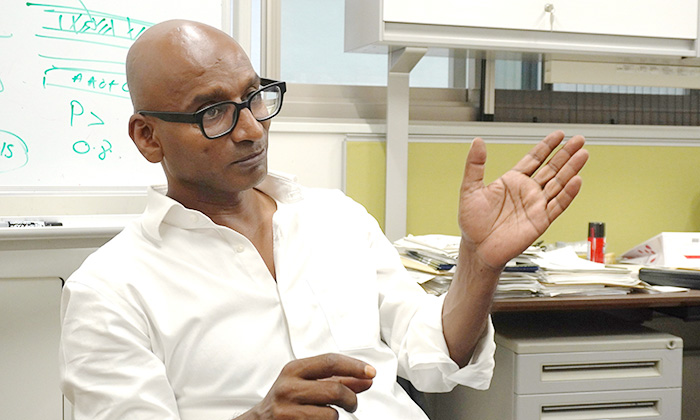
I was actually a capitalist at Kyoto iCAP. After working in the overseas electric power business at a general trading company and being entrusted with an operating company, I decided that I wanted to try my hand at managing a start-up company myself. So I decided to change jobs, partly because I thought that venture capital would give me access to many attractive technology seeds and startups.
Around November of 2023, as I met and talked with Mr. Sivaniah, I decided that I wanted to work on this project, not only by investing in it, but possibly even by transferring to OOYOO. There were two reasons. First, I was convinced that OOYOO's CO2 separation membrane technology would become a part of the infrastructure world that I had been working in at a general trading company, and that it was a technology that could make a big impact on society. The other reason was that Mr. Sivaniah was a very crazy person (laughs). He takes on challenges that are extremely risky. But I think it is often crazy people who innovate. Intuitively, I decided to bet on him. I officially became the representative director in June 2024.

At the time, I was in talks with several companies, including a chemical manufacturer, about joint research. But I am only a starter who creates 1 from 0, not a manager. I am confident that I can become friends with anyone if we have a drink together (laughs), but building business relationships is not so easy. I decided to entrust the management of the company to Mr. Otani because I felt that he is someone who can create business because of his relationships.
In 2020, when I met OOYOO, we had not yet made an investment and were still in a situation where it would be difficult. However, in 2024, Mr. Otani said, "This s technology is incredible—I'd like to consider investing in it. Depending on the circumstances, I might even be interested in transferring. So I spoke with Sivaniah. I myself am a scientist with development experience at research institutes and manufacturers. I heard a lot about the technology and what you are aiming for from a scientist's point of view. At that time, I realized that we share the same motivation of wanting to develop technology globally. Mr. Sivaniah and Mr. Otani will do what they want to do, and Kyoto iCAP will provide living money so that everyone can be happy. We each made a positive effort to work together to create a strategy to achieve this, and as a result, we ended up investing in 2024.
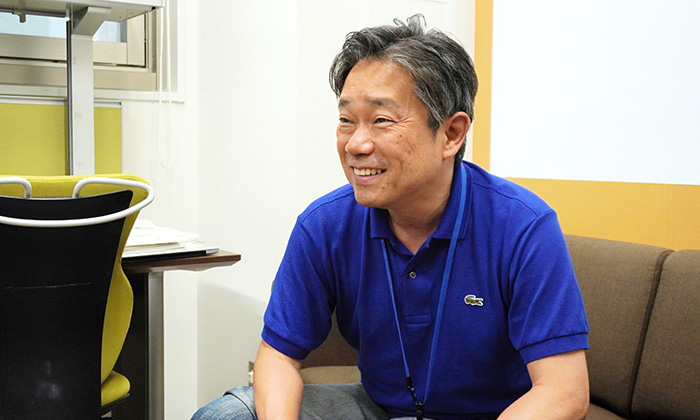
Before meeting Mr. Yagi, I was not interested in Kyoto-iCAP. But I remember that my mindset changed 180 degrees after meeting him. Venture capitalists may not need to have such a deep understanding of technology, but Mr. Yagi faced the content of my research and gave me a deep understanding of technology. It was a big impact.
The main actor is always the researcher and his/her technology. Kyoto iCAP may have been the only place that could have made me face that aspect of the project.
Technology is the soul of a researcher. When commercializing research that has been undertaken over many years, not just anyone can be entrusted with management and investment. I believe that investors must be aware that they are entrusting the lives of researchers to us.
Deep tech has unique difficulties. For example, software and AI already have products, so it is easy to link them directly to business. But if there were no venture capitalists who would understand the project at a stage when it is not even a POC (Proof of Concept), then deep tech would die.
There are several types of CO2 separation and recovery technologies. Currently, the most common is the chemical absorption method, which uses chemicals to dissolve CO2 in a liquid and extract it by applying heat. Since heat is required, it is very energy-intensive. Membrane separation, on the other hand, separates and recovers CO2 by passing the gas through a thin membrane made of multiple polymers. This method has the advantage of being smaller and lighter than the absorption method.
OOYOO has developed a unique separation membrane that combines multiple polymers to achieve both high accuracy and permeation speed. Compared to conventional membrane technology, the separation efficiency is significantly higher. This enables effective CO2 separation and capture with reduced energy consumption, low cost, and space saving.
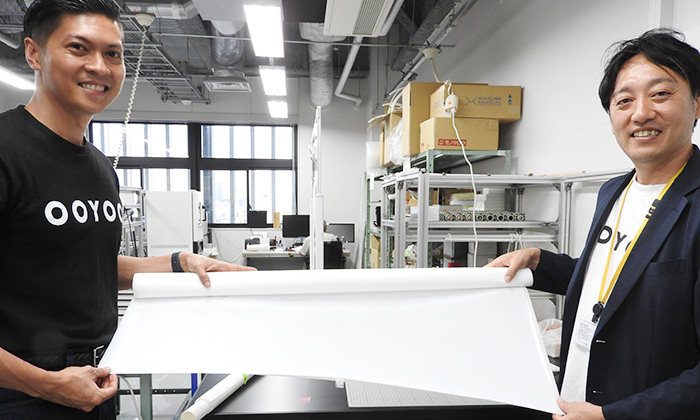
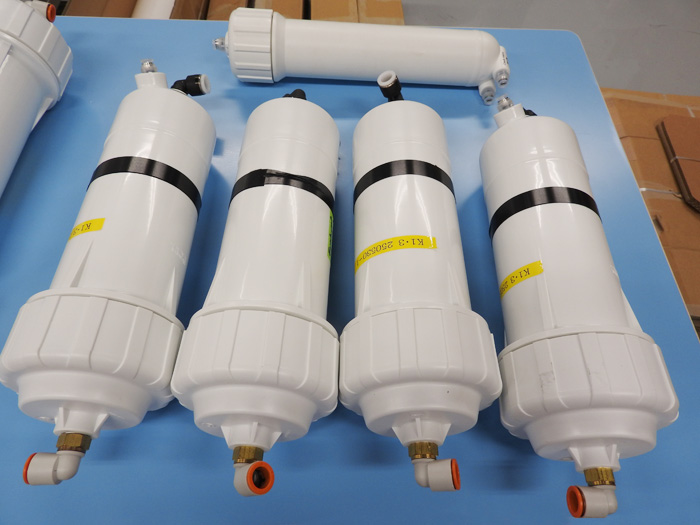
To realize the development of higher performance separation membranes, manufacturing processes, and plants, we are actively conducting joint research with chemical and storage battery manufacturers. Currently, we are in the process of developing membrane technology, membrane manufacturing, and CO2 separation modules and equipment, with plans to realize social implementation by 2030.
We are working to improve the durability of separation membranes and to create a mass production system. Along with the development of higher performance separation membranes, we are conducting research with partner companies to build a system using as common materials and technologies as possible. We want to create a space-saving, energy-efficient CO2 separation and recovery process that can be introduced by power plants, waste treatment plants, and various other facilities that emit exhaust gases. Our goal is to develop a device capable of capturing 10 tons of CO2 per day within the last year.
It's an outlet for the collected CO2. There are ways to use it for agriculture and other purposes, but the demand is still quite small. The most promising option at the moment is to bury it, but the infrastructure is not yet in place in Japan, and it costs a lot to transport the collected CO2.
It would be nice if we could utilize the recovered CO2. We need new technologies to create a recycling-oriented society. I am planning to establish two more companies. I would like to spread new technologies that can contribute to solving problems.
I believe that the existence of OOYOO and the company that Mr. Sivaniah is about to create will be a test case for what Japanese universities should do. Technology easily transcends national borders. Innovative technologies will be created from Japan and spread to the world. It is very important that the nature of the team and technology be global, and it does not matter whether the base of operations is in Japan or not. For our part, we want to create a successful model of a university-launched startup that expands globally.
There is an index called Planetary Boundary that indicates the limits that must not be exceeded to maintain the global environment. If climate change, air pollution, and other factors exceed the limits of the global environment, the human race will become extinct. I would like to develop more various technologies to create a society with a balance between humans and the environment.
As the person in charge of management,I always reflect on whether our direction truly aligns with what Mr. Sivaniah hopes to achieve. With that in mind, I aim to implement our vision and steadily expand its reach. I want separation membranes to become an indispensable part of the infrastructure for a decarbonized society, creating meaningful impact on a global scale. OOYOO's core value is altruism. We want to fulfill the dreams of Mr. Sivaniah, our partners, and ourselves, and ultimately make the entire planet happy.
I am 54 years old now and I have one regret. I should have started my own business earlier, maybe 10 years ago. If you are a young person thinking of starting a business, please work for a major company for about 5 years to learn the organization and workflow, and then create your own company as soon as possible.
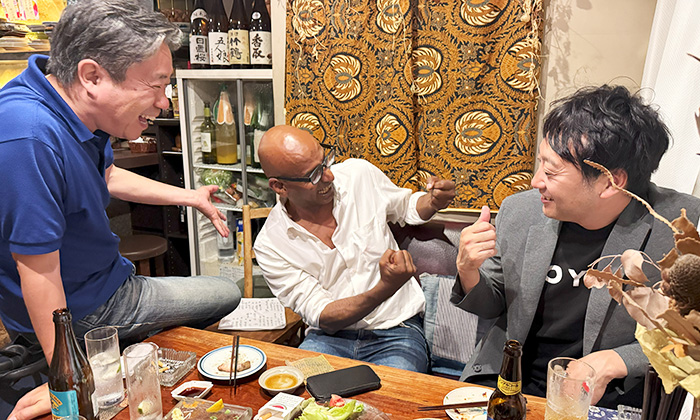
(Interviewed in July 2025. Affiliations, positions, etc. are as of the time of the interview)
OOYOO is expected to be the trump card for decarbonization technology. CEO Otani is a baseball gem who aspired to be a national team coach in Jamaica, the founder, Professor Sivaniah, has a track record of social activities in the arts and support for developing countries, and Dr. Nasara is a handsome man who loves his family. This individuality and diversity is the driving force behind bringing a divided world back together through decarbonizing technologies.
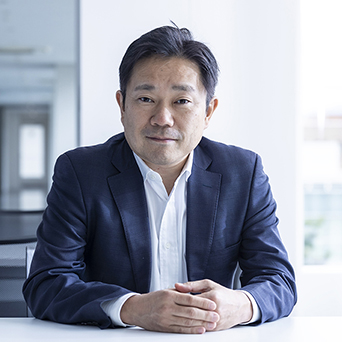
Nobuhiro Yagi

OOYOO Ltd.
Please feel free to contact us if you have any questions or concerns.
Inquiry Form